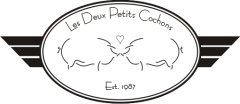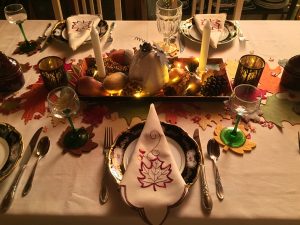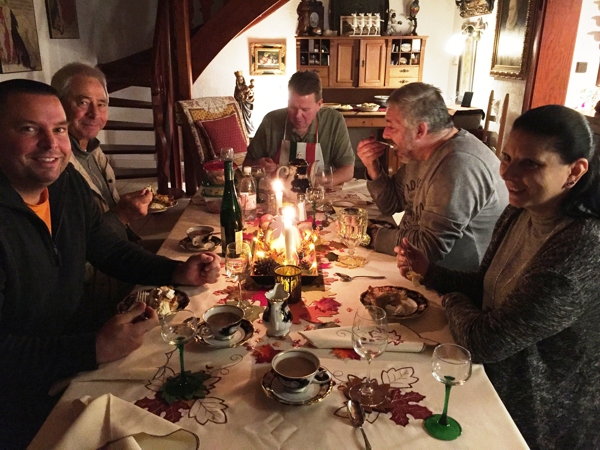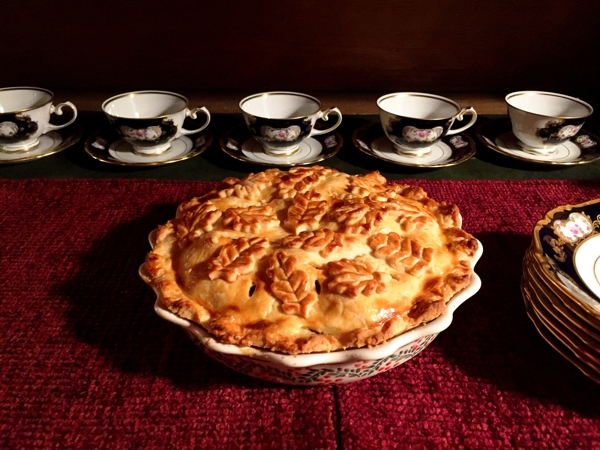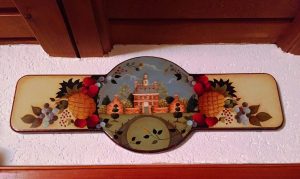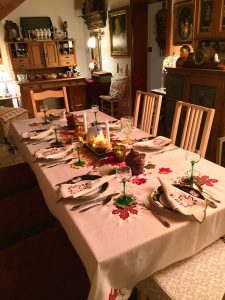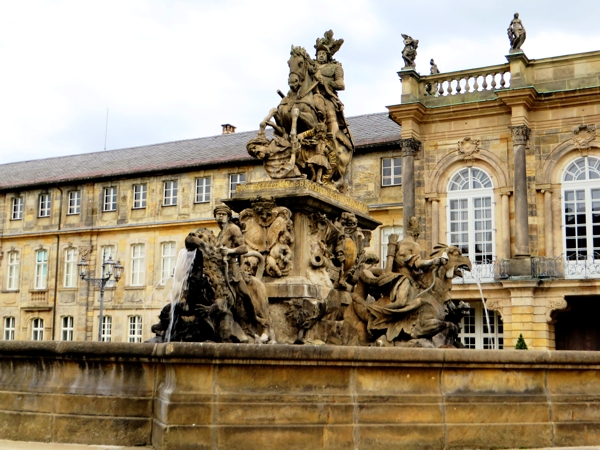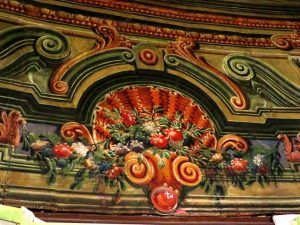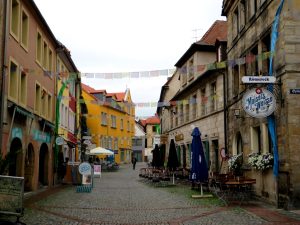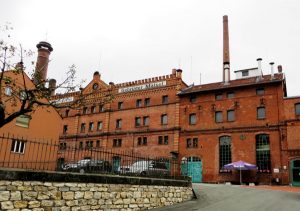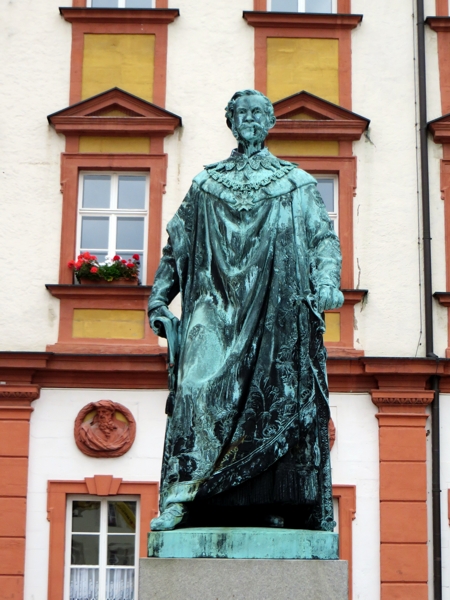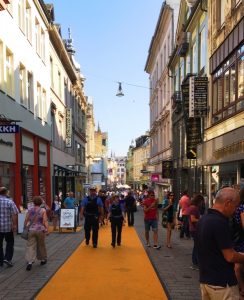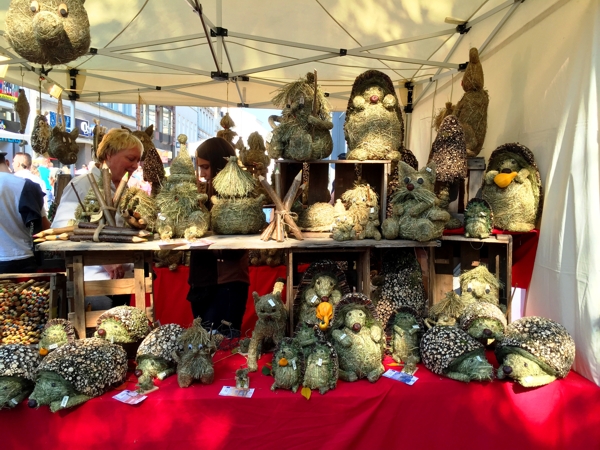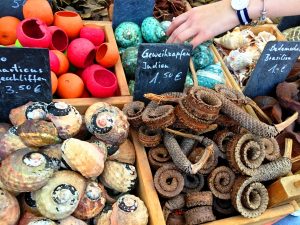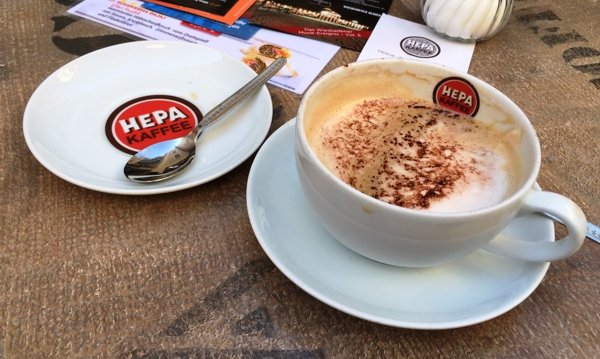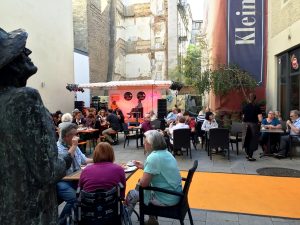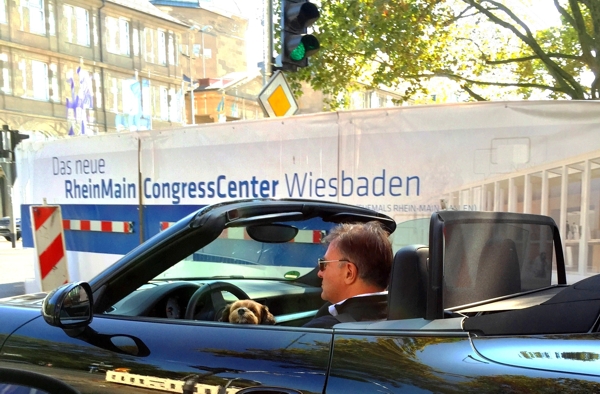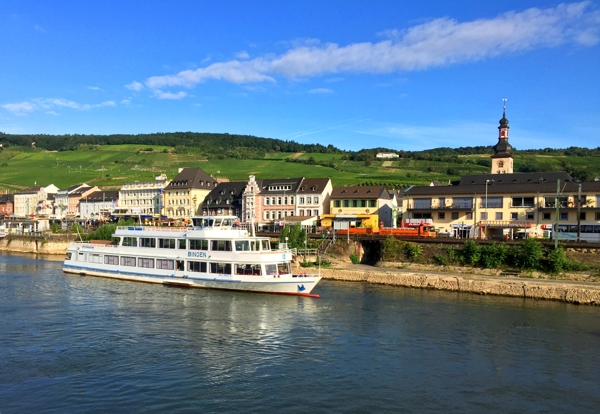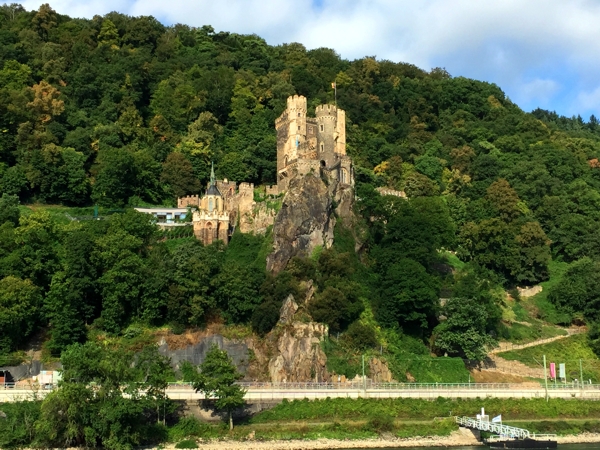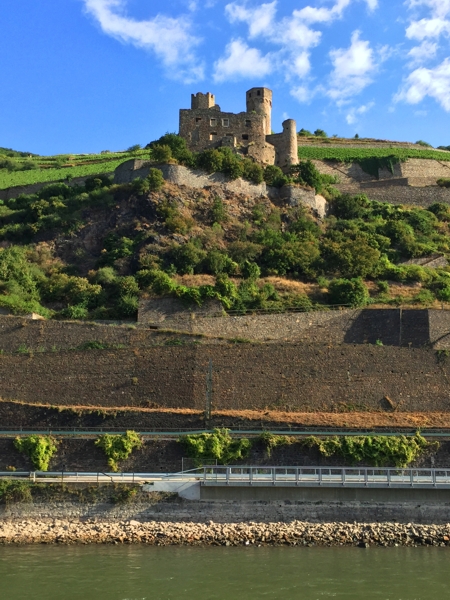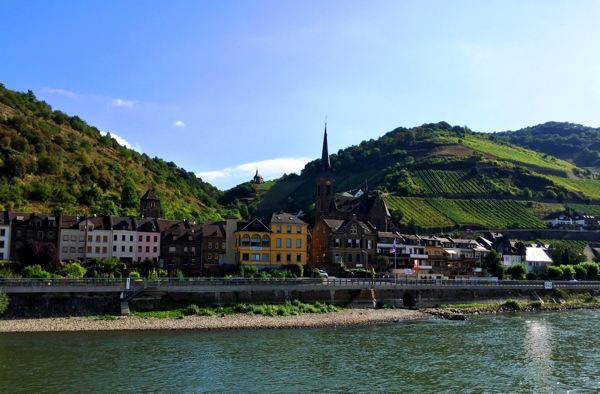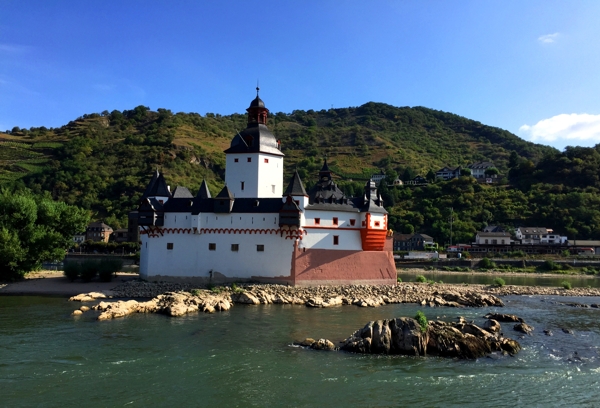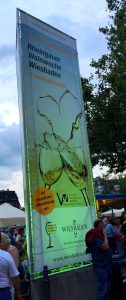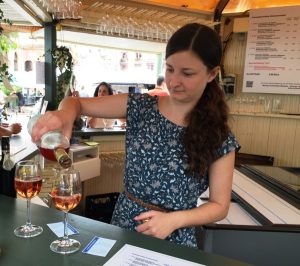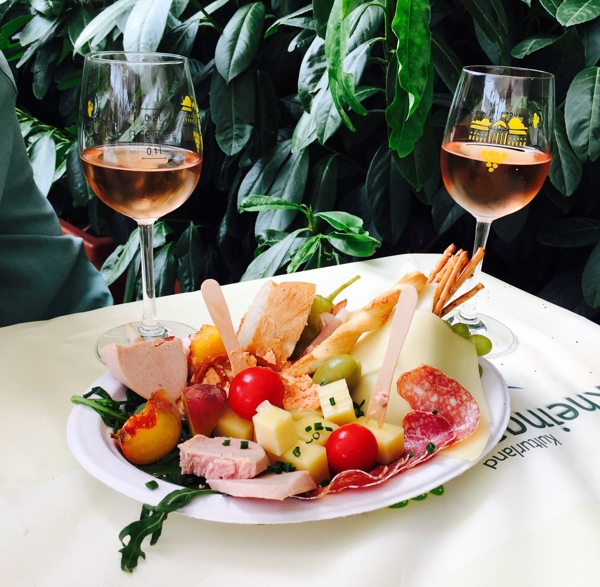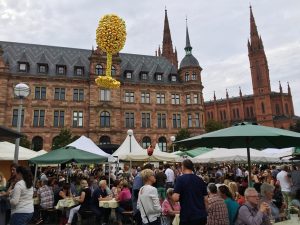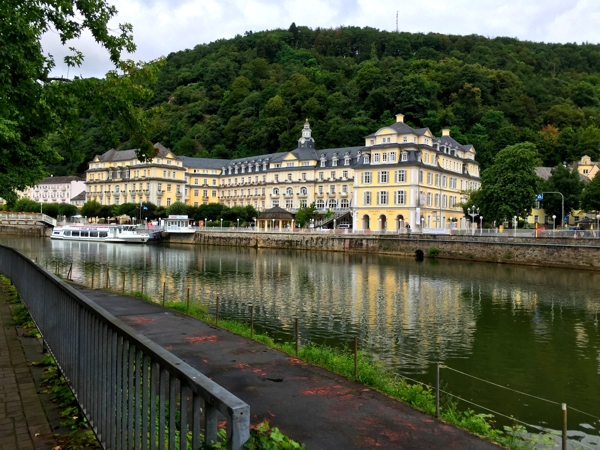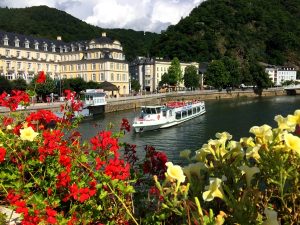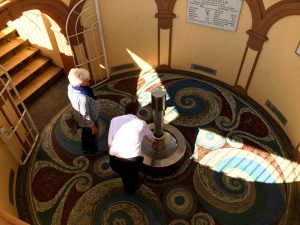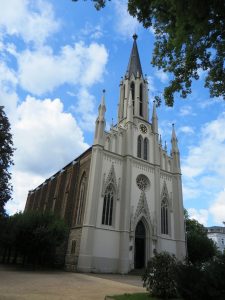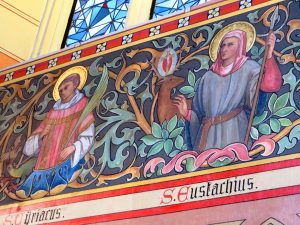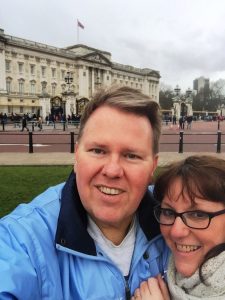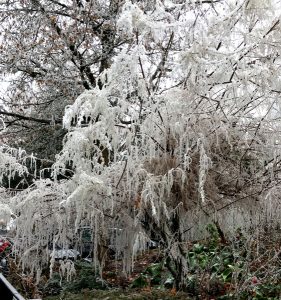
I’ve woken up to yet another day of freezing fog here in Germany. Everything outside has that just-arrived-in-Narnia look. Snowy white frost decorates the tree limbs and turns them into something magical. But along with the magic comes the loss of the lovely view from our bedroom balcony. Everything looks like it’s encased in a hazy bubble where the horizon has vanished and been replaced with a white void that appears to go on forever. This seems to happen every winter here. And what gets me through it, you might ask? German Christmas markets! Germany has a long tradition of setting up Christmas markets in towns and cities throughout the country. It is one of my favorite things during this season.
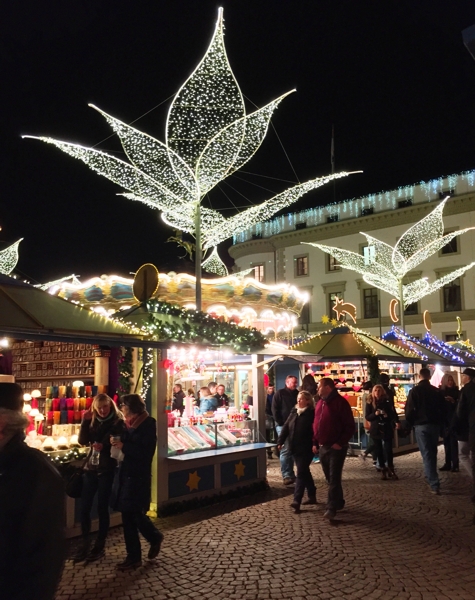
Nobody does Christmas quite like the Germans. Christmas markets seem to pop up in just about every town that has more than 15 residents. Shoppers bustle about, looking for that one-of-a-kind gift or decoration. Most of the markets run for about a month, starting in late November and ending just before Christmas. The dizzying smells will immediately make your mouth water and your stomach growl for a bratwurst that has been roasting on a metal grate suspended over a heavily-stoked fire. Or you can dive into a greasy, deep-fried, and perfectly delicious tray of Kartoffel Puffer. These yummies are a cross between a hash brown and a potato pancake and are served up with a side of apple or garlic sauce. Yes they’re bad for you; yes you need a stack of napkins to catch the oil as it drips from your fingers; but heck, when in Rome (or Mainz, or Trier)…
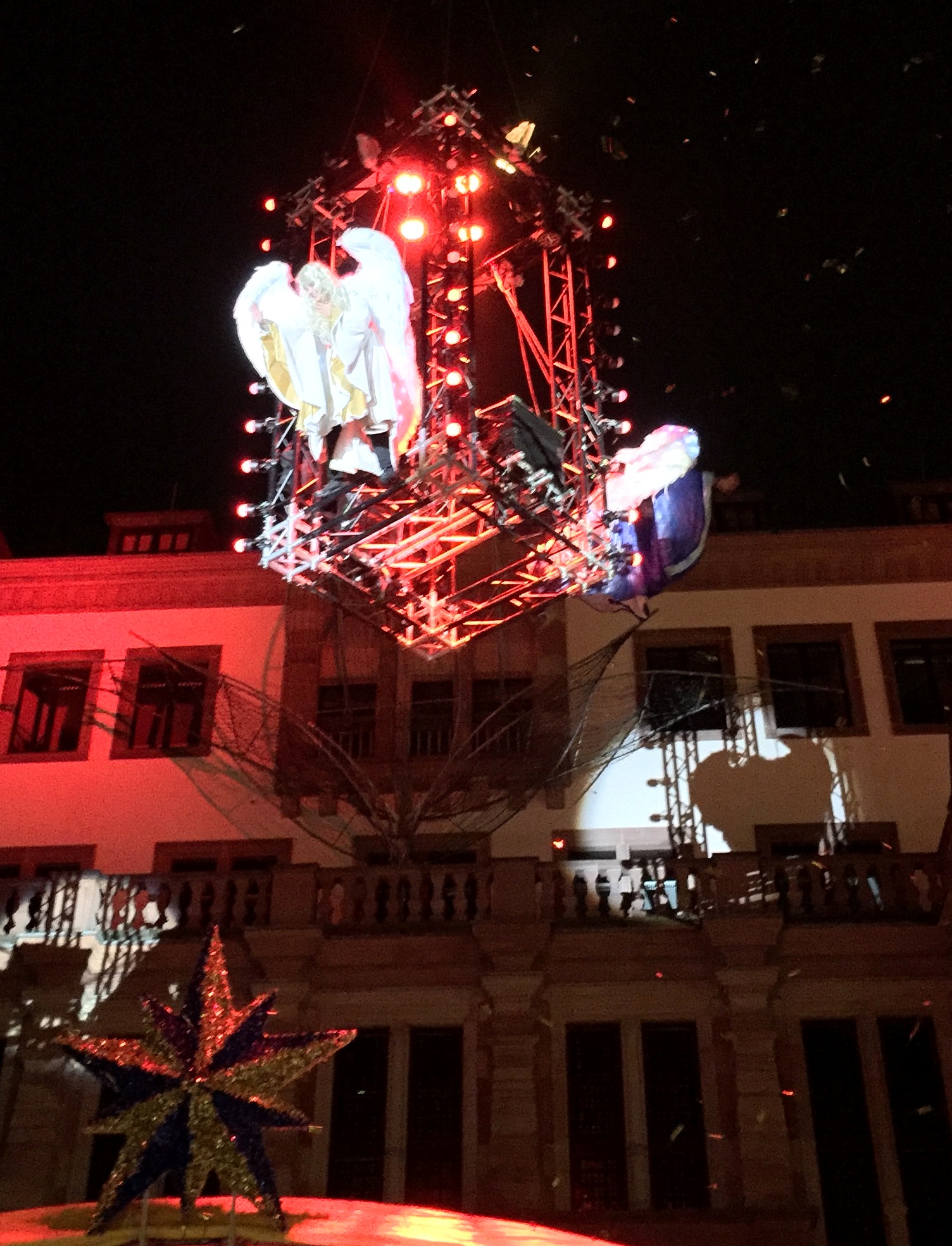
I get the impression that the different cities compete to have the best combination of lights, food, vendors, entertainment, and great holiday atmosphere. This year Wiesbaden gets my vote for the best opening ceremony. They put on a spectacular show with lights, music, fireworks, and (I kid you not), flying angels! A massive crane is used to suspend what looks like a large lighted birdcage holding two lovely ladies dressed up as angels. They come complete with large feathered wings and long, flowing blond hair cascading down almost to their toes. Even though they are secured in a cage structure, they hang precariously out of the large openings on either side. Their arms and wings wave as they scatter what looks like stardust but is actually tiny flecks of gold paper. The lights are off everywhere except for the spotlights illuminating the angels as they make their descent—first to the mammoth Christmas tree that lights up to a wave of their hands. They hover over the main stage to an ethereal musical backdrop by Enya. One more wave of the hands and poof! All the lights of the market are lit and fireworks shoot out from the angel cage. It really is quite spectacular and oh, so German!
The temperatures drop and everything is illuminated in a way that you could have only imagined in your dreams. Your frigid fingers happily wrap themselves around a decorated mug filled with either hot chocolate or the spicy, syrupy, gluhwein (spiced wine). There’s always a small deposit of about 2 Euros for the mug, which I happily relinquish. The cups are usually different each year with special commemorative artwork, and they make wonderful souvenirs. Personally, I think gluhwein should never be consumed anyplace else but out in the cold at one of the Christmas markets. Not everyone likes it, but I enthusiastically gulp it down to the last drop because it warms me down to my toes.
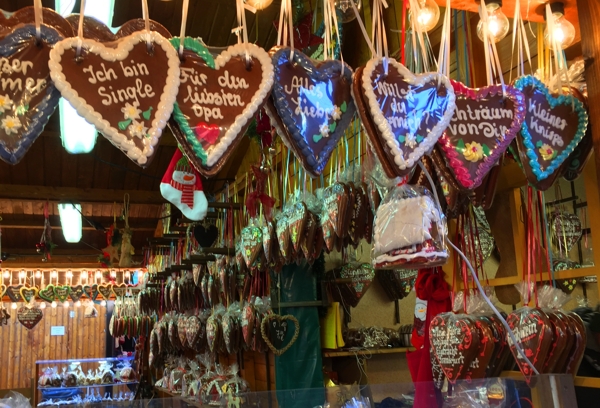
Then there are the Lebkuchen vendors. Lebkuchen is basically gingerbread and the Christmas markets are filled with vendors selling giant heart-shaped lebkuchen cookies. They are decorated with a sugary frosting that is hard but tasty. I’ve watched many a little girl or boy chomping down on that spicy cookie that almost looks bigger than them. You can hear the crunch from a block away as their teeth break through the icing. I’m sure the local dentists love the Lebkuchen tradition.
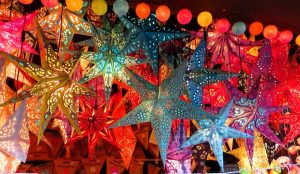
I also enjoy that feeling of the way life used to be. Life without a net. As you roam around the typical market, you’ll see all kinds of wonderful sights that you’d never cast your eyes upon in the ever cautious and over-protective American way of life. Here at a German market you’ll see dogs meandering around—usually on the leash held by an attentive owner—sometimes not. Children sway on makeshift swings made of rope with no buckles, restraints, or protective padding anywhere. If they fall and maybe skin a knee, they get up, brush it off, and go swing again. It’s not uncommon to see electrical wires duct taped down on streets, attached to poles, or stretching precariously overhead. Unguarded generators or connections are usually well within everyone’s reach with very few barricades. It’s tempting to imagine that if you stumbled or got shocked, you’d be blamed for not paying attention. And everyone has a great time, young and old alike. As I mentioned above, gluhwein will warm you up, but it can also light you up! Alcohol is consumed with gusto at these events and yet I have never seen anyone appear to be the worse for it. I have seen natives bursting into song, but no fisticuffs.
One day, I will be back home shopping in an American mall somewhere at Christmastime. I will be riding on an escalator looking at the perfectly set decorations and wishing for just one more glance of a Christmas angel overhead suspended from a cage. And I’ll yearn for the chance to step over some cables duct taped to the pavement without a single warning sign in sight.
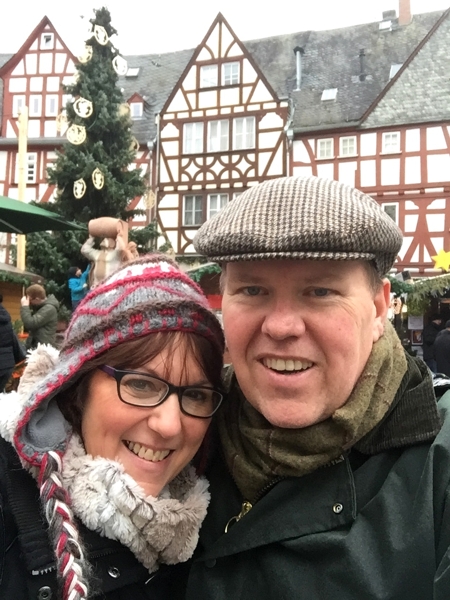
Frohe Weihnachten from les Deux Petits Cochons!
